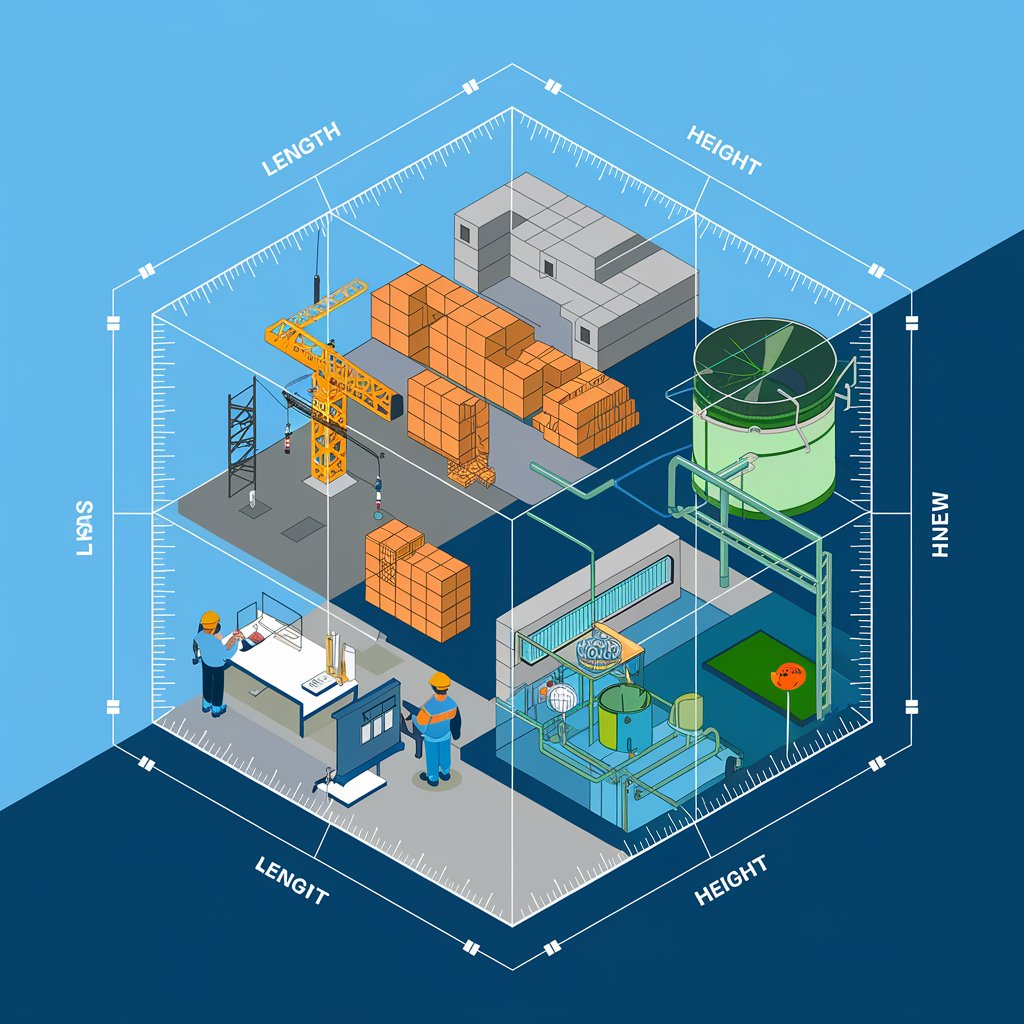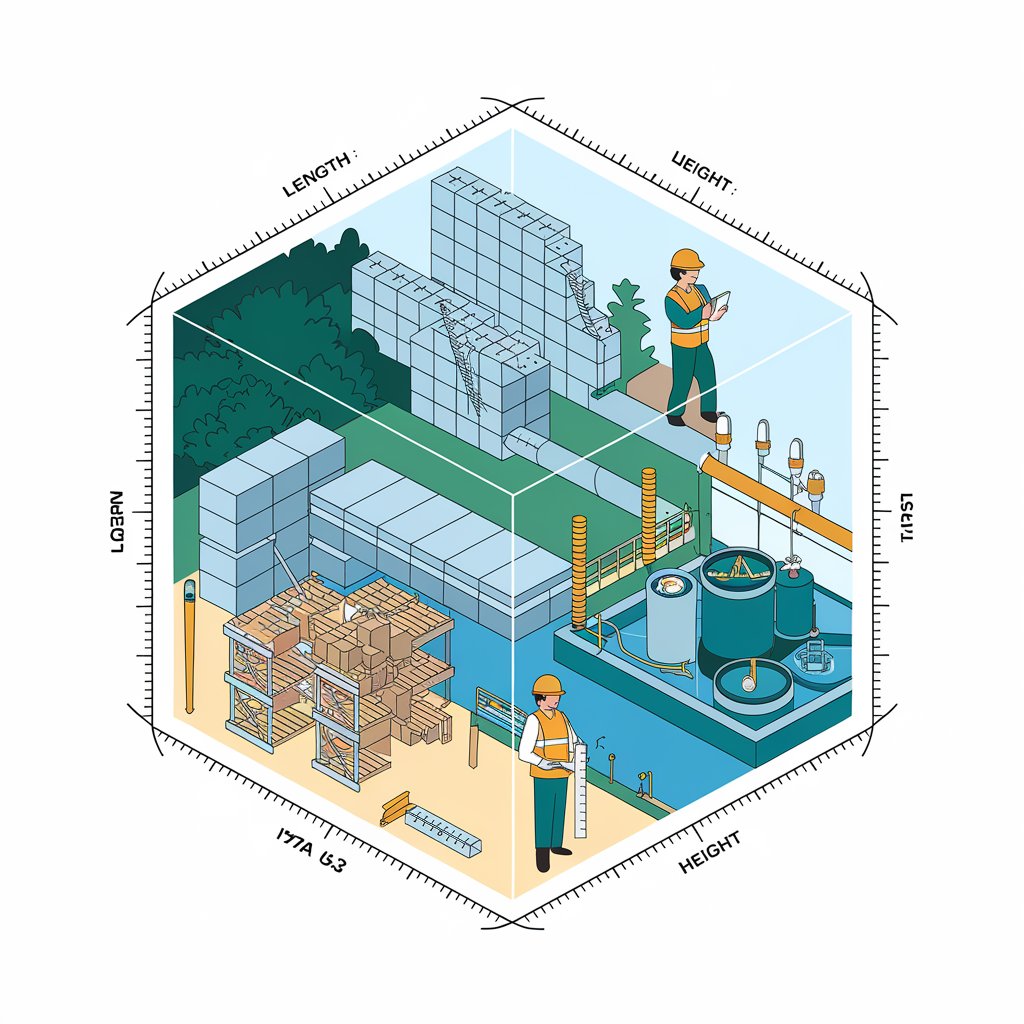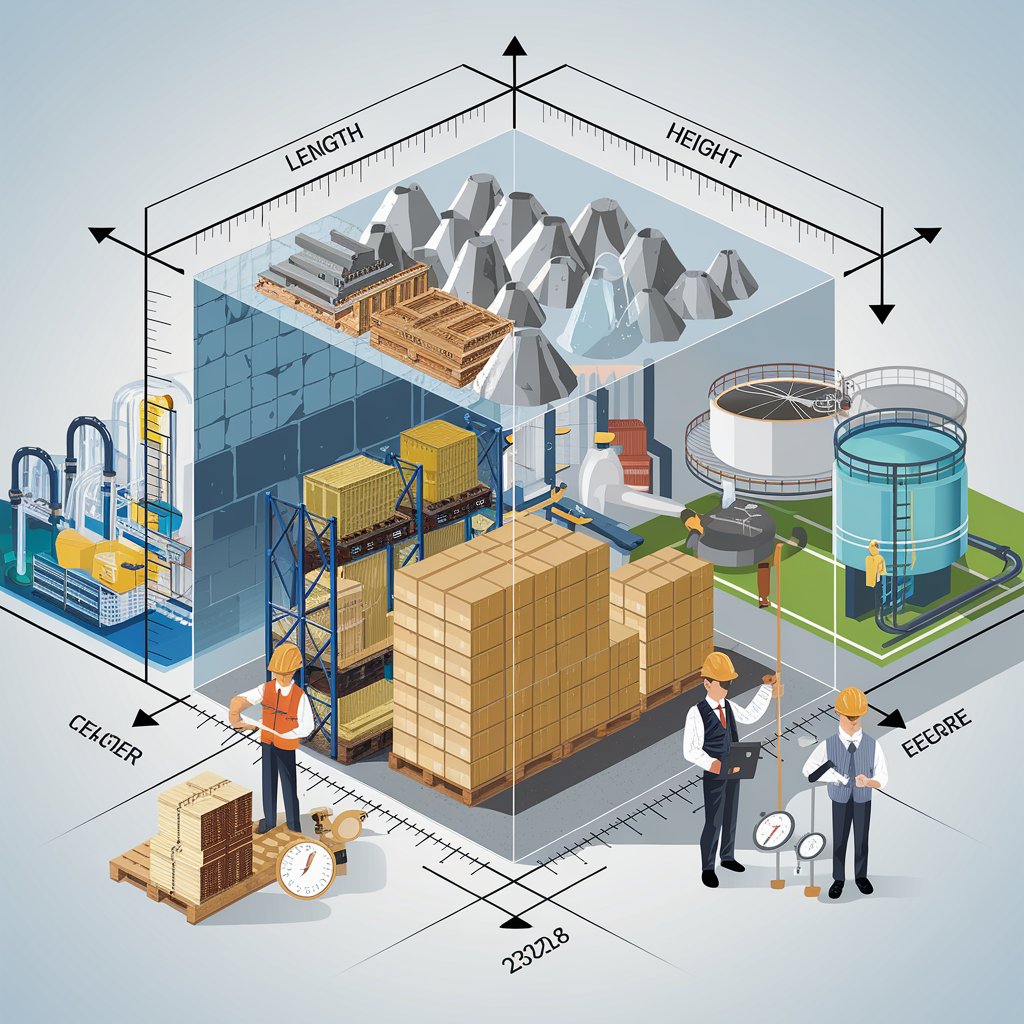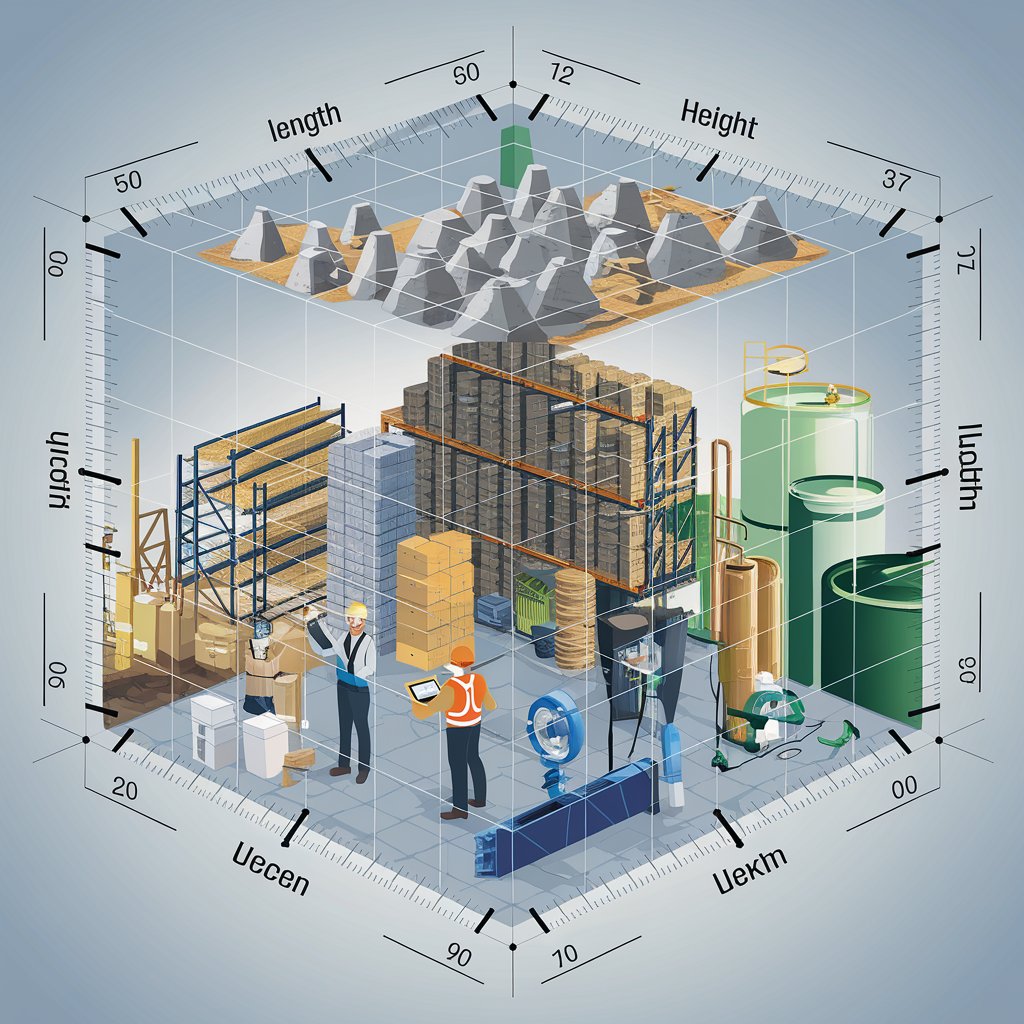Key Insights on Cubic Meter: A Comprehensive Guide
In this article, we'll explore the cubic meter in detail, examining its key features, practical uses, and relevance for professionals and businesses alike.

What is a Cubic Meter?
A cubic meter is a unit of volume that measures the space occupied by a cube with sides that are each one long. Mathematically, it is calculated as:
Cubic Meter=Length×Width×Height
This unit is essential for measuring three-dimensional spaces, such as rooms, containers, and any volume where the length, width, and height can be measured.
For example, a storage container with a length of 2 meters, a width of 3 meters, and a height of 4 meters would have a volume of:
2m×3m×4m=24m3
In industries where precise volume measurement is needed, cubic meters are often used in calculating quantities for bulk materials or determining shipping capacities.

Key Features of a Cubic Meter
- Universality: The cubic meter is used internationally, making it a universal standard for volume measurement in many industries.
- Simplicity in Calculation: Unlike more complex units, only require straightforward multiplication of length, width, and height, which is easy to perform and understand.
- Flexibility: It can be applied to a wide variety of items, whether it is solid materials like concrete or liquids like water. This versatility is particularly useful for industries that deal with different forms of goods.
- Relationship with Other Units: One equals 1,000 liters or 1,000,000 cubic centimeters. Knowing this conversion is important when working with other volume measurements in different contexts.
Practical Applications of Cubic Meter in Various Industries
- Logistics & Shipping
In logistics and shipping, cubic meters are essential for calculating the volume of cargo. The volume of goods determines how much space they will take up in a container, which ultimately influences shipping costs. Shipping companies use cubic meter calculations to optimize container space, ensuring that as much cargo as possible is shipped at once to reduce costs.
For instance, a shipping container that is 2.5 meters wide, 2.6 meters high, and 6 meters long holds a volume of 39. By understanding how much space each piece of cargo occupies in, freight forwarders can plan their shipments more efficiently. - Construction
In construction, are crucial for estimating the volume of materials required. Concrete, gravel, and sand are often purchased and delivered. Builders use this unit to calculate how much material is needed to complete a project, ensuring accurate budgeting and minimizing waste.
For example, a construction project that requires 100 cubic meters of concrete will need to order a specific quantity to ensure they don’t run out or overstock. - Warehousing
For businesses that rely on warehousing, the cubic meter is used to measure storage space. Warehouse managers calculate the total volume of goods stored in their facilities to maximize the use of space. This is particularly important in industries like e-commerce and retail, where inventory turnover rates and space optimization are crucial for operational efficiency.
By calculating, businesses can determine whether their storage capacity is being used efficiently or if they need to re-organize or expand their space. - Environmental & Industrial Applications
Cubic meters are also used in industries like water treatment, where they are used to measure large volumes of liquids or gases. In environmental science, it’s common to measure air quality or water usage in cubic meters, making it a critical unit for these industries.
For example, a water treatment plant may process thousands of cubic meters of water every day. Knowing how much water is treated can help managers assess system performance and optimize resource usage.

How Businesses Can Leverage Cubic Meter Calculations
Understanding cubic meter calculations can help businesses optimize their operations in several ways:
- Shipping Optimization
Businesses can reduce shipping costs by maximizing the amount of cargo in each shipment. By calculating the cubic meter of each shipment, they can choose the most cost-effective container or delivery method, ensuring they don’t underutilize valuable shipping space. - Space Efficiency
In warehouses and storage facilities, understanding allows businesses to organize their space efficiently. By measuring the of their inventory and comparing it to the available storage space, businesses can avoid overcrowding or unused space, leading to better organization and cost savings. - Accurate Material Estimation
Whether in construction, manufacturing, or distribution, businesses that deal with bulk materials can benefit from cubic meter calculations to ensure they are ordering the right quantities of raw materials. This prevents overstocking, reduces waste, and ensures that projects are completed on time. - Resource Management
In industries like environmental services, accurately calculating helps businesses monitor their resource usage, whether it’s air, water, or other consumables. This can lead to better environmental practices and cost-effective resource management.

Conclusion
Cubic meters are an essential unit of measurement in industries ranging from logistics to construction and environmental services. Their simplicity and versatility make them invaluable for calculating volumes, optimizing space, and improving efficiency. By understanding cubic meters and leveraging this knowledge, businesses can make more informed decisions, reduce costs, and streamline their operations.
